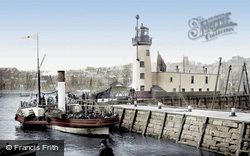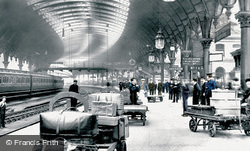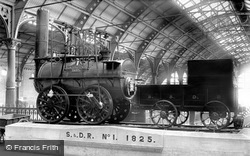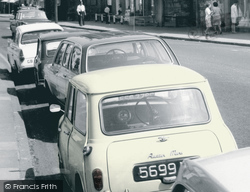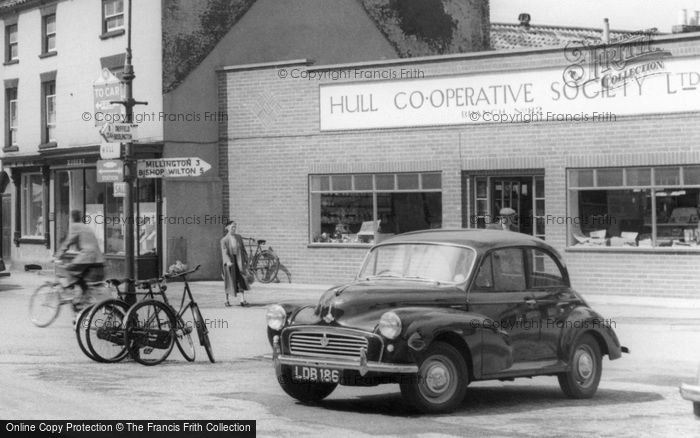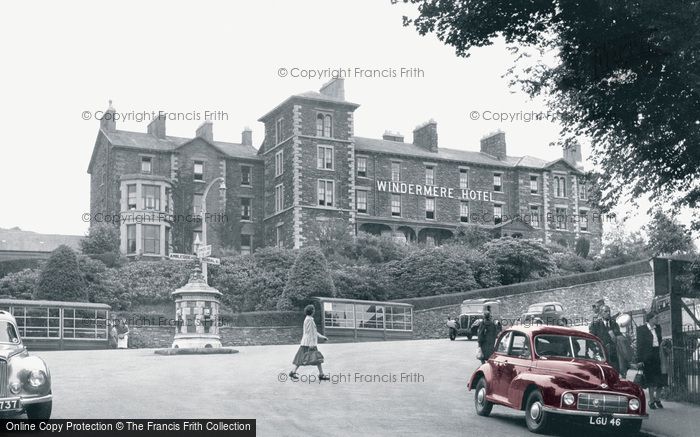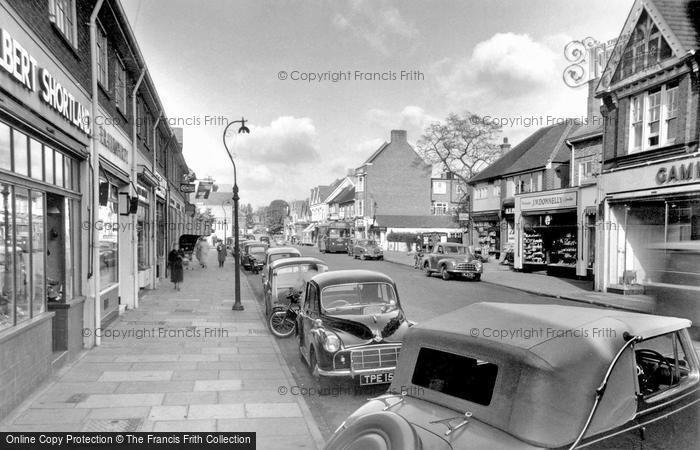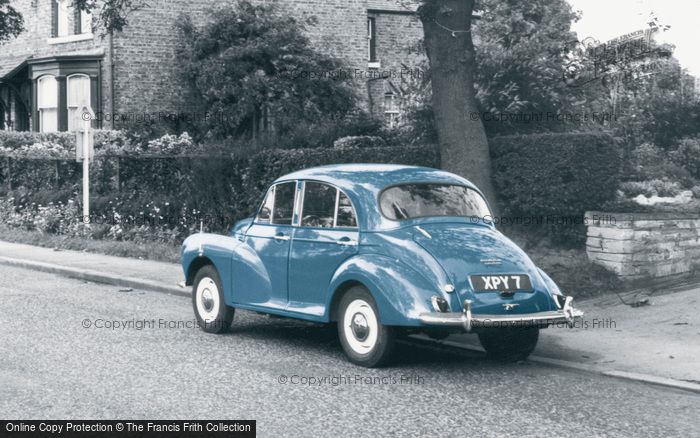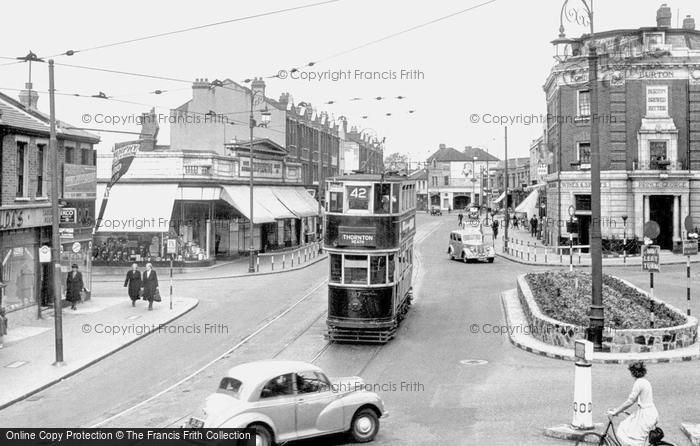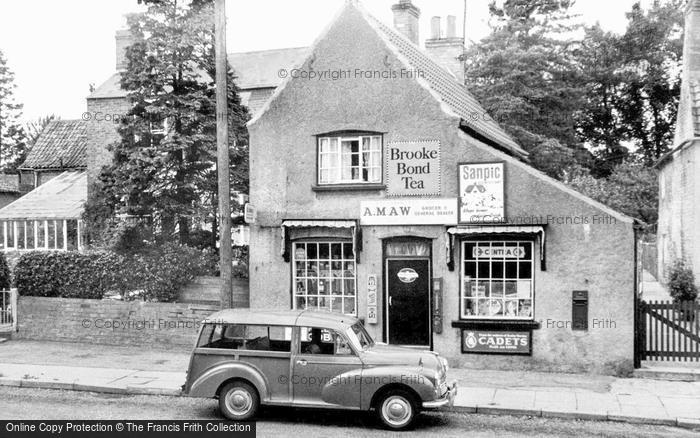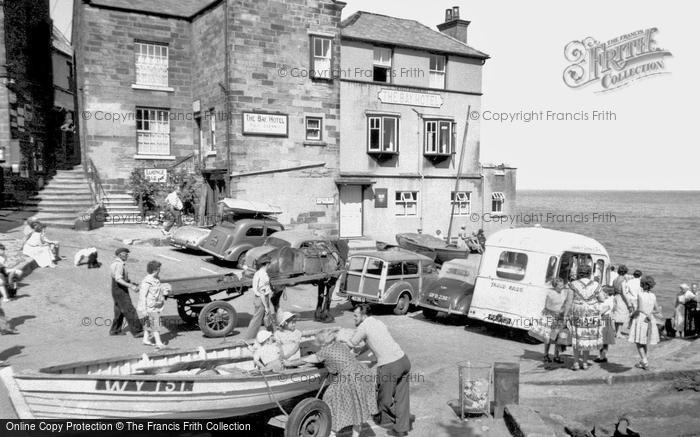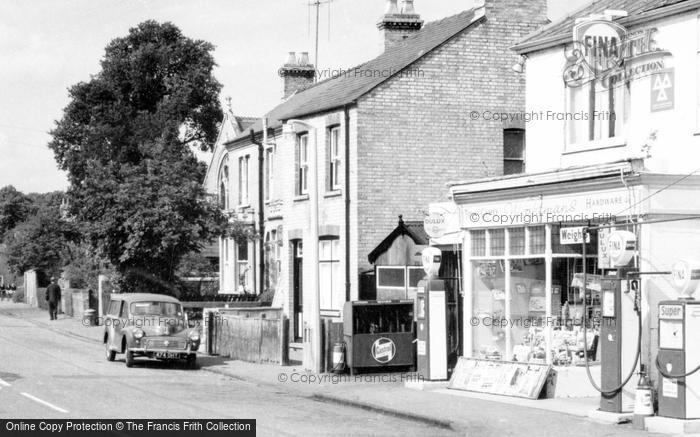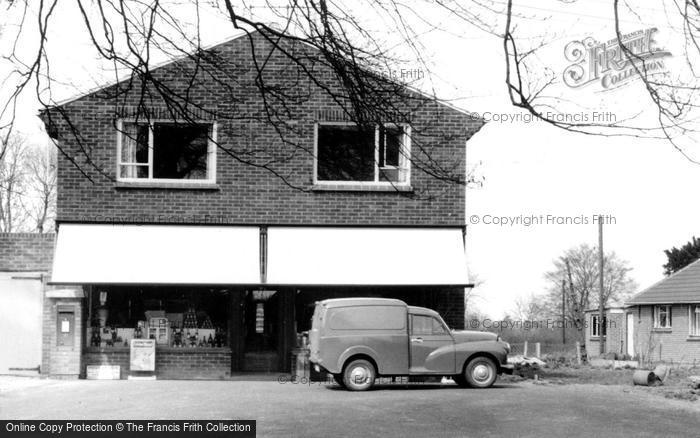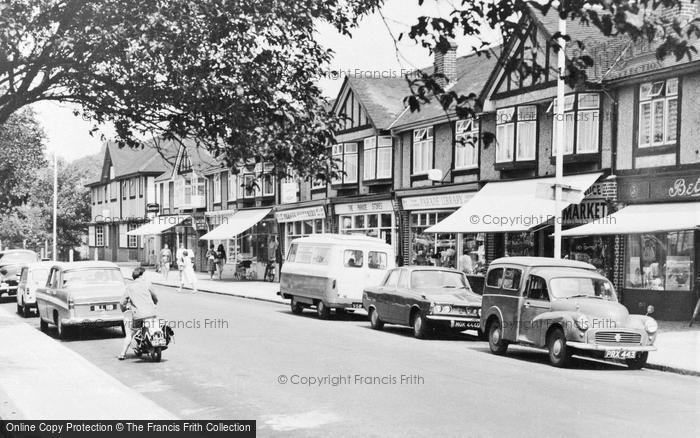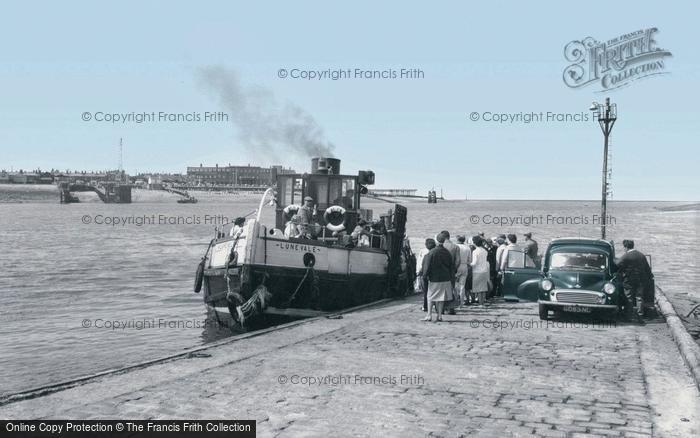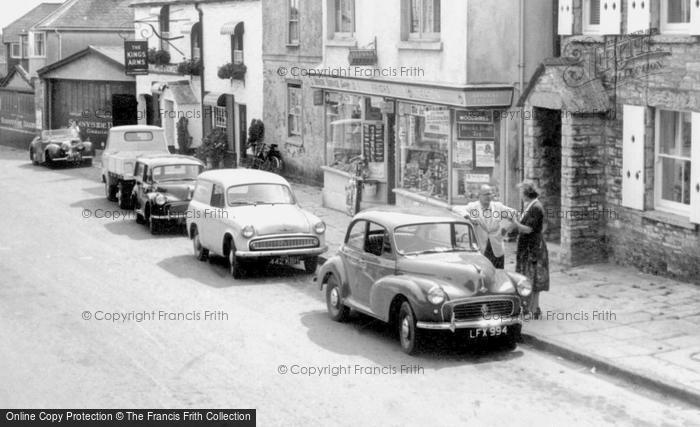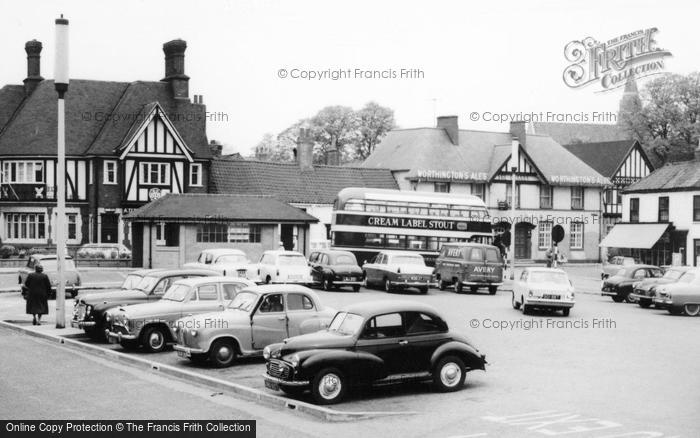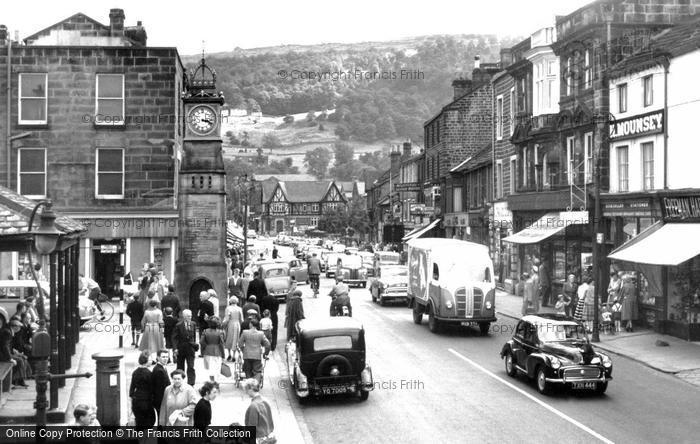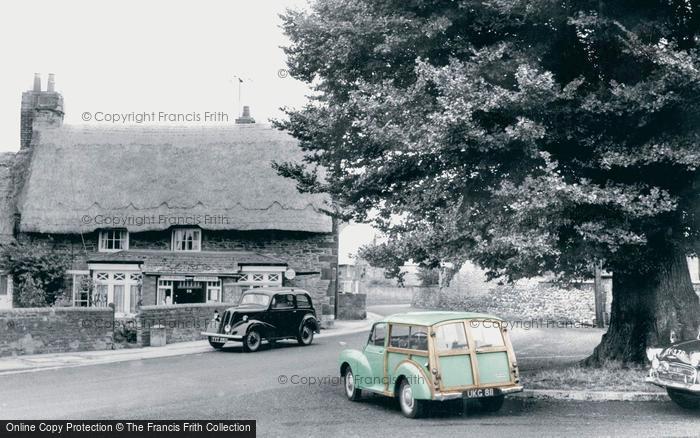Merry Christmas & Happy New Year!
Christmas Deliveries: If you placed an order on or before midday on Friday 19th December for Christmas delivery it was despatched before the Royal Mail or Parcel Force deadline and therefore should be received in time for Christmas. Orders placed after midday on Friday 19th December will be delivered in the New Year.
Please Note: Our offices and factory are now closed until Monday 5th January when we will be pleased to deal with any queries that have arisen during the holiday period.
During the holiday our Gift Cards may still be ordered for any last minute orders and will be sent automatically by email direct to your recipient - see here: Gift Cards
Search the Archive
Explore all the places you remember!
Subscribe
Join the thousands who receive our regular doses of warming nostalgia! Have our latest blog posts and archive news delivered directly to your inbox. Absolutely free. Unsubscribe anytime.
Say Hello!
How to keep in touch with us.The Morris Minor
Published on April 21st, 2023
Frith photos are full of nostalgic views of old cars, perhaps none more so than the extremely popular Morris Minor, which was launched in 1948 and went on to become the first British-made million-selling car. Read more about this much-loved car in our special blog.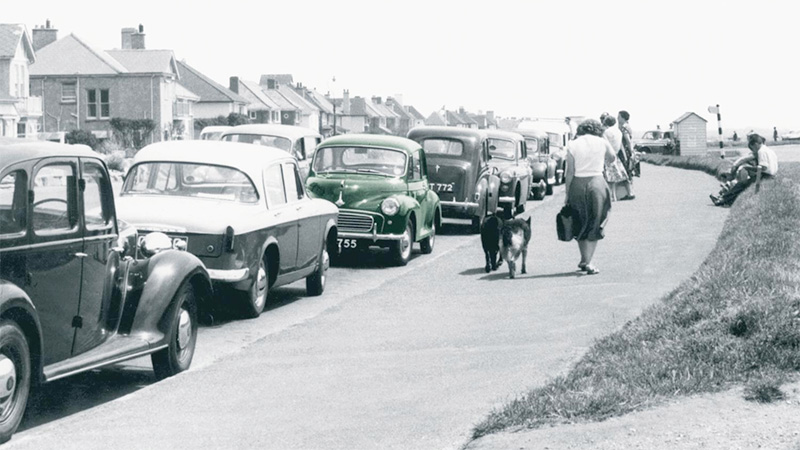 During the Second World War the private car manufacturing industry had been put on hold in the United Kingdom 'for the duration', but by 1942 moves were afoot in preparation for a time when hostilities ceased and the factories of the British car industry would, once again, be busy building vehicles. At the Morris Motors plant at Cowley in Oxfordshire, founded by William Morris (1877-1963), Alec Issigonis had been given the task of designing a new small family car that would replace the Morris Eight Series E. Working with his two engineers, Jack Daniels and Reg Job, he tabled a draft for a revolutionary vehicle. It was to have a unitary body shell as opposed to the traditional body mounted on a rolling chassis. They dispensed with the separate wings and running board, intending that the vehicle's strength was inherent in the one-piece welded monocoque shell. Issigonis's instructions were that the car should have the same dimensions as the Series E and, to make the car look larger, smaller wheels were specified.
During the Second World War the private car manufacturing industry had been put on hold in the United Kingdom 'for the duration', but by 1942 moves were afoot in preparation for a time when hostilities ceased and the factories of the British car industry would, once again, be busy building vehicles. At the Morris Motors plant at Cowley in Oxfordshire, founded by William Morris (1877-1963), Alec Issigonis had been given the task of designing a new small family car that would replace the Morris Eight Series E. Working with his two engineers, Jack Daniels and Reg Job, he tabled a draft for a revolutionary vehicle. It was to have a unitary body shell as opposed to the traditional body mounted on a rolling chassis. They dispensed with the separate wings and running board, intending that the vehicle's strength was inherent in the one-piece welded monocoque shell. Issigonis's instructions were that the car should have the same dimensions as the Series E and, to make the car look larger, smaller wheels were specified.
But it was not only the shape that was to be up to the minute; the engine would be a flat, four-cylinder mounted directly over the front wheels, and the radiator would be fixed to the bulkhead rather than its conventional site behind the grille. The car would have a column gear change and a long bench seat. Finally, up to the war, almost all small cars had solid beam front axles with cart springs, but Issigonis and his team designed a torsion-bar system which would give a better ride, lighter steering and enhanced rigidity. A prototype was built using the old Series E four-cylinder engine with the radiator in the conventional position. The amount of development needed for the proposed engine meant that the new model would not be ready in time for the car's unveiling in 1948 at the Earl's Court Motor Show in London, and it was decided that the reliable yet rather under-powered Series E 918cc side-valve engine should be retained. This engine was bolted to a floor gear-change gearbox which necessitated separate front seats.
Although William Morris wasn't impressed when he saw the prototype in 1945, famously complaining 'It looks like a poached egg – we can’t make that', the Morris Minor went into production. The Series MM Morris Minor was launched on 20th September 1948 at the Earls Court Motor Show at a price of £358 10s 7d. The motoring press was ecstatic when it saw and tested the new Minor. Motor magazine's correspondent wrote that the Minor 'approached perfection'.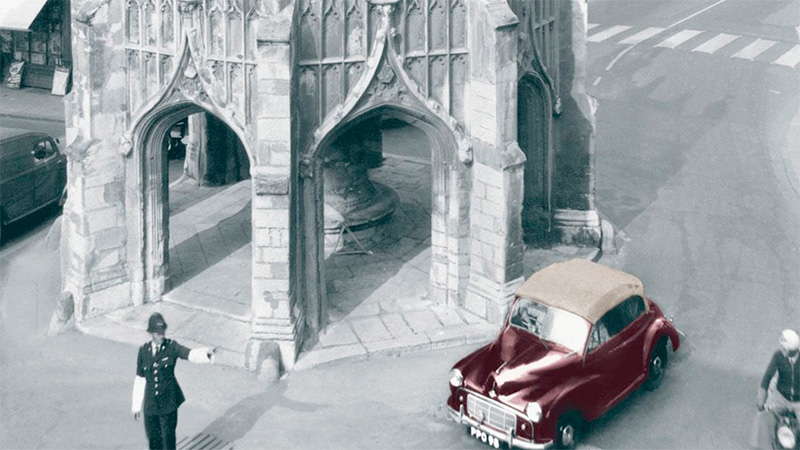 The Morris Minor continued to develop and, in time, the side valve engine was replaced with the BMC A-series overhead valve unit. It became immensely popular and went on to become the first British-made million-selling car. In fact, more than 1.6 million vehicles were manufactured between 1948 and 1972 in three series: the MM (1948 to 1953), the Series II (1952 to 1956), and the 1000 series (1956 to 1971). Initially available as a two-door saloon and canvas-topped Tourer, the range was expanded to include a four-door saloon in 1950, a wood-framed estate car (the Traveller) in 1953 and panel van and pick-up truck variants in 1953.
The Morris Minor continued to develop and, in time, the side valve engine was replaced with the BMC A-series overhead valve unit. It became immensely popular and went on to become the first British-made million-selling car. In fact, more than 1.6 million vehicles were manufactured between 1948 and 1972 in three series: the MM (1948 to 1953), the Series II (1952 to 1956), and the 1000 series (1956 to 1971). Initially available as a two-door saloon and canvas-topped Tourer, the range was expanded to include a four-door saloon in 1950, a wood-framed estate car (the Traveller) in 1953 and panel van and pick-up truck variants in 1953.
Take a drive with us down Memory Lane with this nostalgic selection of historical black and white and colour tinted photographs from The Francis Frith Collection showing this much-loved car in its heyday.
Photo: Cobham, High Street c.1955.
Photo: Yarmouth, The Ferry c.1960.
Photo: Crayford, The Parade c.1965.
Photo: Hessle, The Square c.1965.
Photo: Otley, Kirkgate c.1960.
Subscribe
Join the thousands who receive our regular doses of warming nostalgia! Have our latest blog posts and archive news delivered directly to your inbox. Absolutely free. Unsubscribe anytime.

